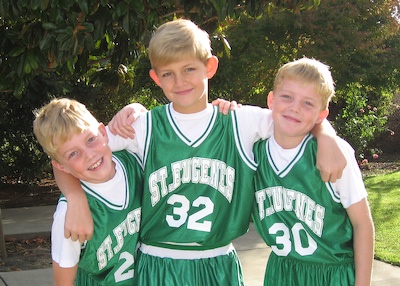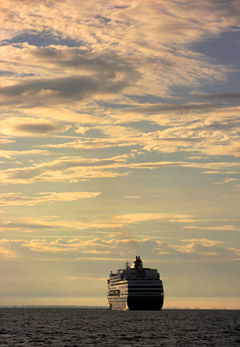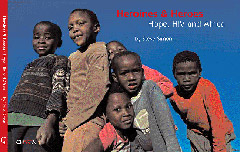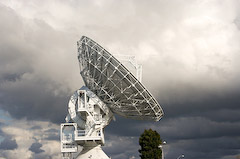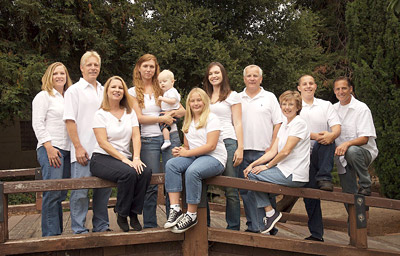For extreme pictures you sometimes need extreme lenses. This week I explore the 10.5mm f/2.8G ED AF DX Fisheye-Nikkor and the Canon EF 400mm f/5.6L USM. Both of these lenses can help you capture images that are outside of your normal compositions.
Nikon 10.5mm f/2.8
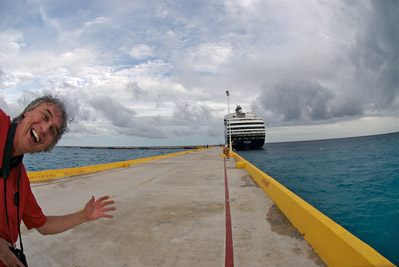
This photo was captured by Ben Long in the Western Caribbean. I was walking along side him while he was shooting with the Nikon 10mm, and he remarked I was getting in his shots. So I turned and waved to the camera. This lens has an incredible 180 degree field of view.
Canon 400mm f/5.6L
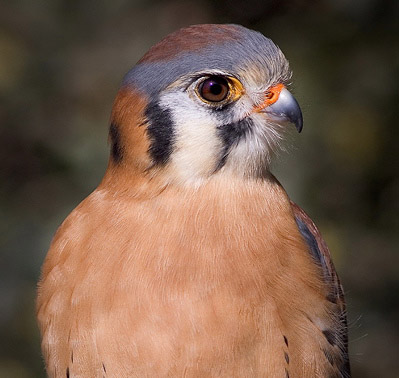
This image of an American Kestrel by expert bird photographer Scott Bourne demonstrates the power of the Canon 400mm telephoto. Not only is the handheld image as sharp as a tack, Scott actually shot it through a car window after spotting the bird on a drive. Notice how silky smooth the background is.
Listen to the Podcast
Now that I've piqued your curiosity, it's time to listen to today's audio show titled, "Extreme Lenses." You can download the podcast here (25 minutes).
Technorati Tags: digital photography, podcast, The Digital Story
Sponsor Note...
ExpoDisc Custom White Balance -- Simply Better Color. Simply Better Pictures. Visit www.expodisc.com
